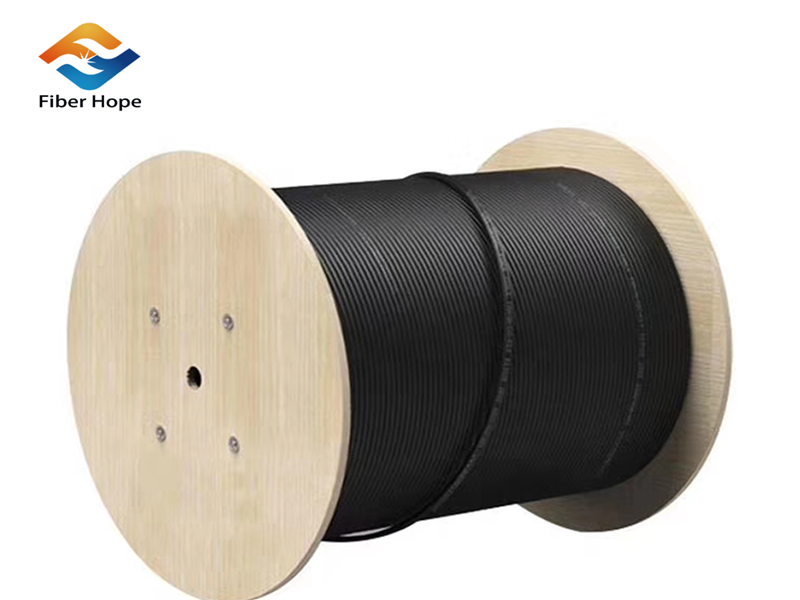Fiber Hope Optical Communication Tech Co.,Ltd.
E-mail:kevin@fh-fiber.com
Fiber Hope optical fiber communication expert & fiber optic cable manufacturer
E-mail:kevin@fh-fiber.com
Fiber Hope optical fiber communication expert & fiber optic cable manufacturer
Optical fiber is the abbreviation of optical fiber. It is a fiber made of glass or plastic. It can transmit optical signals to thousands of kilometers away. Hundreds of thousands of optical fibers are combined together to make a cable-like optical cable. , so the optical cable is composed of a certain number of optical fibers, and the outer sheath is wrapped with a protective layer, which not only improves the strength of the optical fiber, but also greatly increases the communication capacity.
Fiber optic cables are widely used, and the application scenarios are roughly as follows:
A. Backbone transmission network (SDH/SONET), such as submarine optical cables between major cities and ocean bottoms, etc.;
B. Ethernet (Ethernet), including the current fiber to the home (FTTH), to the building (FTTB), to the community, etc., mainly our home and office networks;
C. Data network (Fiber Channel), various storage devices, databases, including the developing cloud computing service system;
D. Cable TV transmission (PIN reception);
E. Other special purpose transmissions, such as fighter jets, ships.

The following are 43 common questions and knowledge points about fiber optic cables:
1. The basic structure of optical fiber
The bare fiber is generally divided into three layers, the central high-refractive-index glass core (the core diameter is generally 50 or 62.5μm), the middle is the low-refractive-index silica glass cladding (the diameter is generally 125μm), and the outermost is the resin coating for reinforcement. Floor. Optical fiber is the abbreviation of optical fiber. It is a fiber made of glass or plastic. It can be used as a light transmission tool. The transmission principle is "total reflection of light".
2. What are the basic parameters of the transmission characteristics of optical fiber lines?
Including loss, dispersion, bandwidth, cutoff wavelength, mode field diameter, etc.
3. What are the main factors of fiber attenuation?
The main factors that cause fiber attenuation are: intrinsic, bending, extrusion, magazines, non-uniformity, and butt joints.
Intrinsic: It is the inherent loss of the fiber, including: Rayleigh scattering, intrinsic absorption, etc.
Bending: When the fiber is bent, part of the light in the fiber will be lost due to scattering, resulting in loss.
Squeeze: Loss caused by tiny bends in an optical fiber when it is squeezed.
Impurities: Losses caused by impurities in the fiber absorbing and scattering light propagating in the fiber.
Non-uniformity: Loss caused by non-uniform refractive index of the fiber material.
Docking: The loss generated when the optical fiber is docked, such as: different axes (the coaxiality of single-mode fiber is required to be less than 0.8μm), the end face is not perpendicular to the axis, the end face is not flat, the butt core diameter does not match and the welding quality is poor.
4. How is the attenuation coefficient defined?
Defined by the attenuation (dB/km) per unit length of a uniform fiber in steady state
5. What is insertion loss?
Refers to the attenuation caused by the insertion of optical components such as connectors or couplers in optical transmission lines.
Fiber hope fiber optic cable and patch cord manufacturers can provide high-quality fiber optic cables,
fiber pigtails, fiber patch cords, single-mode multi-mode fiber, welcome to inquiry!
copyright©2025 FIBER HOPE OPTICAL COMMUNICATION TECH CO。,LTD。| All Rights Reserved
Hello, please leave your name and email here before chat online so that we won't miss your message and contact you smoothly.